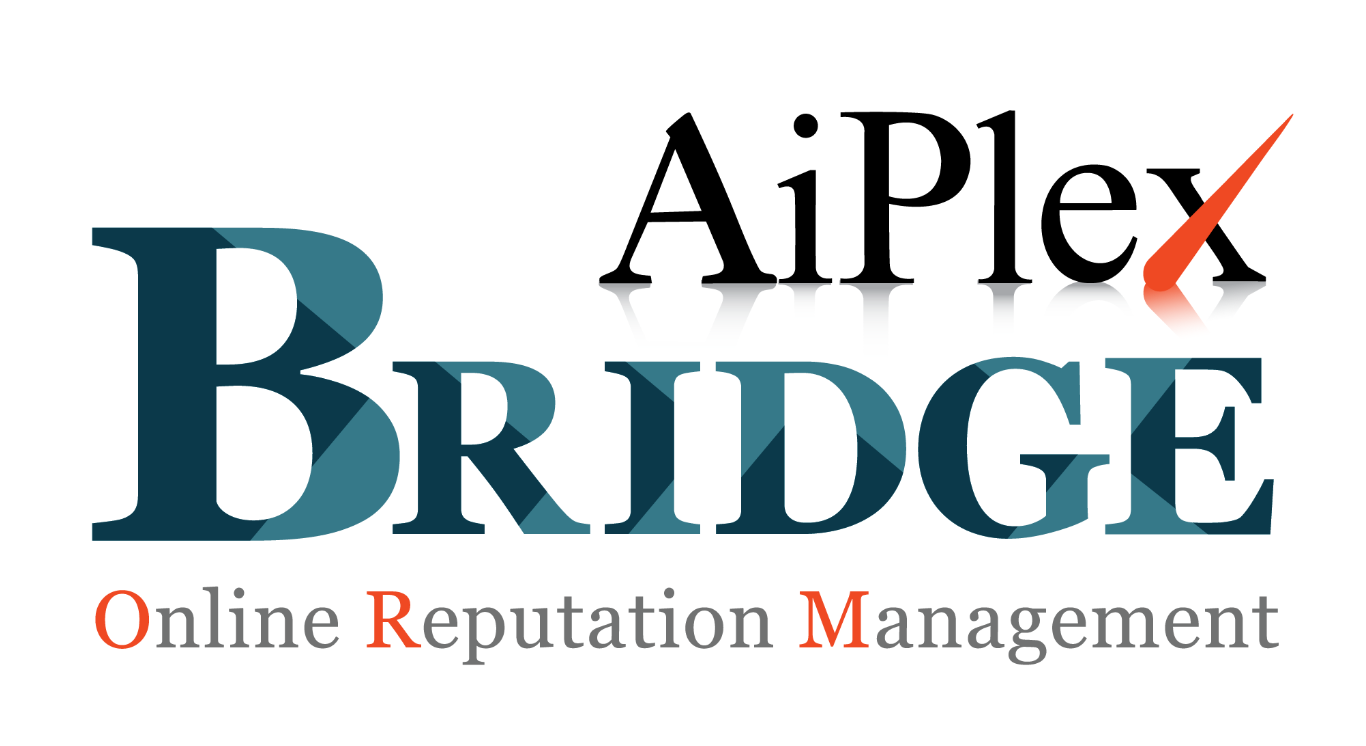
How To Take Down A Fake Website
by AX Admin | Dec 30, 2023 | Online Reputation Management
In the face of the pervasive issue of phony websites, this article explores effective solutions for situations where false websites mislead. Focused on “How To Take Down A Fake Website,” it explains the challenges posed by dishonest businesses and offers guidance on successfully navigating these hazardous seas.
Vigilant Monitoring:
Install dependable monitoring systems to keep a careful eye on the online environment. Proactively identify and thwart fraudulent behavior by periodically scouring the internet for potential spoof websites that mimic your brand.
Establish Clear Communication Channels:
Ensure clear and simple communication channels between the brand and clients. Key components of customer service include building confidence, informing clients about potential frauds and fraudulent websites through official channels, and providing official contact details.
Invest in Cybersecurity:
Prioritize cybersecurity measures by investing in modern tools to protect online infrastructure and customer data. This safeguards the company’s reputation while shielding users from phishing schemes and other online threats connected to shady websites.
Legal Action and Intellectual Property Protection:
Consider pursuing those responsible for misrepresenting counterfeit websites through legal action. Filing lawsuits for trademark infringement, copyright violations, and other intellectual property infractions can deter dishonest firms and aid in their closure.
Educate Consumers:
Implement active consumer education through awareness programs, both online and offline. Educate consumers on distinguishing between reputable and fraudulent websites. Increase awareness about warning signals and emphasize the importance of making transactions only through authorized channels.
Collaborate with Online Platforms:
Forge alliances with major online retailers and e-commerce sites to reduce the prevalence of fraudulent websites. Discourage fraudsters from exploiting well-known online venues by informing these platforms of fraudulent activities, leading to faster takedowns.
Implement Authentication Technologies:
Integrate digital certificates, secure seals, and anti-counterfeiting procedures to verify the validity of a brand’s online presence. These technologies make it challenging for fraudsters to convincingly replicate a brand identity.
Responsive Crisis Management:
Have a well-defined crisis management plan for cases where a fraudulent website gains traction. Respond to consumers’ inquiries promptly and transparently, outlining the situation and the steps taken to rectify it. Transparent communication minimizes reputational damage.
Conclusion:
Solving the issue of fraudulently represented bogus websites requires a diverse approach involving technological innovation, legal action, consumer education, and proactive monitoring. By implementing these strategies, organizations can protect profits, reputation, and enhance consumer safety on the internet.
How To Take Down A Fake Website With Aiplex Bridge
- Swift removal of fake social media profiles and websites.
- State-of-the-art technology for consumer data protection and internet infrastructure.
- Proficiency in bringing legal action against violators for infringement of intellectual property, copyright, and other offences.
- Alert systems actively look for potential spoof websites that mimic your company’s identity.
Secure Your Brand’s Future:
Partner with Aiplex Bridge to fortify your brand’s defenses and ensure a reliable online presence. Contact us now to discover how our Brand Enforcement services can strengthen your brand and shield it from the constant danger of fake websites.





